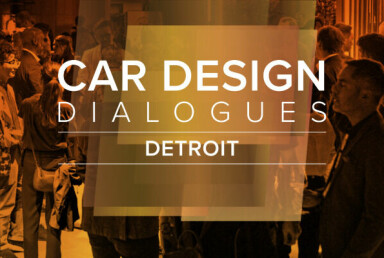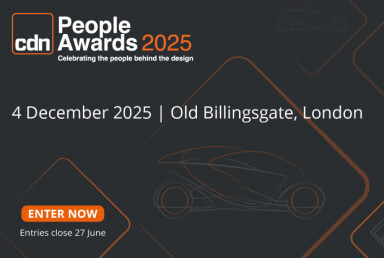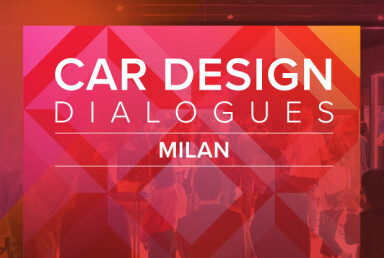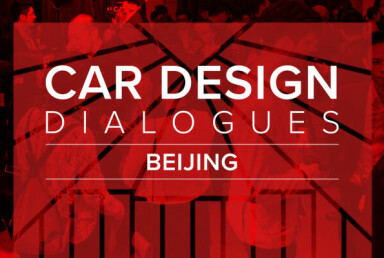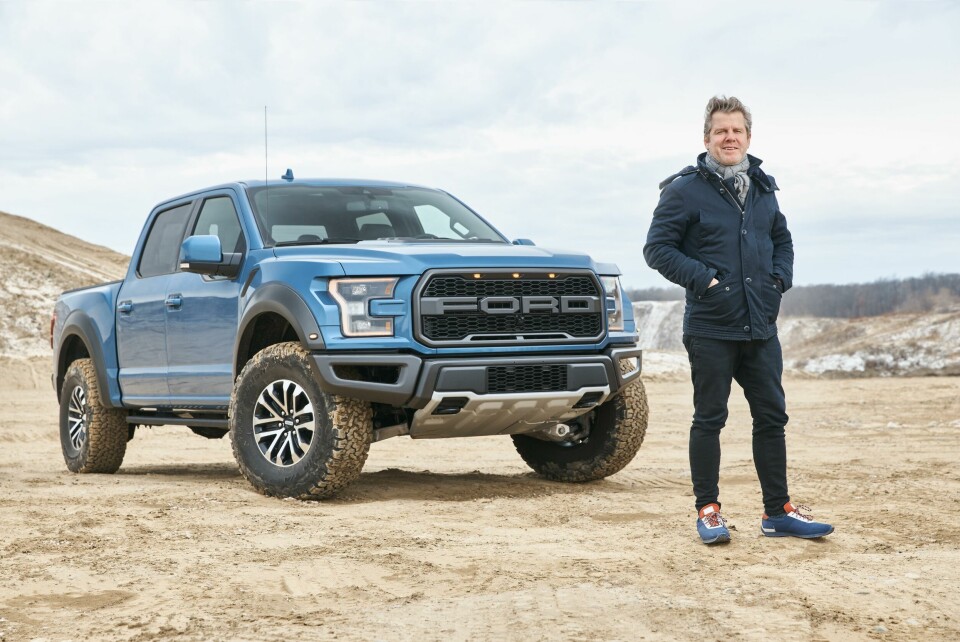
Car Design Review 7: Todd Willing, Ford
Todd Willing of Ford describes his early influences and picks out some key points of his career to date
To me, visual storytelling plays an essential role in successful automotive design and connecting with people. It was something [former Ford global chief creative officer] J Mays constantly impressed on us. For J, creating a design narrative was crucial.
I grew up around motor vehicles as my father ran a garage in Hobart, the capital of the Australian island of Tasmania, south of Melbourne. I’ve always had a passion for them, my family would probably describe it as an obsession. Like a lot of designers, unaware that it was a potential career, I started off sketching cars just for the love of it. When the time came in high school to choose a vocation for work experience, a chance meeting with a childhood friend of my father (who happened to be a programme planner at Ford) offered me an opportunity to get exposure to the industry. Shortly after I received a letter from Ford officially inviting me to see its Melbourne studio. I was only 15 at the time so it was quite overwhelming. I flew across from Tasmania and realising that you could earn a living from something that you love blew my mind. From that point on, I wasn’t considering any other direction.
Designing products that achieve a purposeful, strong presence such the F-Series or Ranger, or something so functionally exciting and fun, like the team has done on Bronco – when that is evident to customers – it leads to a real sense of achievement.
“When you look at the iconic nameplates we have, they go very deep in connecting with customers, so those customers have to be able to relate to the design”
I had the good fortune to be part of the 2017 GT programme, as exterior chief designer. That was an exhilarating project as it happened so quickly and got back to the fundamentals of ‘delivering what it says on the tin’. The GT is a spectacular- looking car motivated by the job it had to do, which was win at Le Mans. Its design and package visually signal that it is desirable and very focused in purpose but it also carried a broader brand message around innovation that we wanted to come to the fore. No design element is discretionary; if it didn’t perform in simulation, it didn’t get on the car. It happened with a small team too – those projects are always the easiest.
Todd Willing’s work as exterior chief on the (2017) Ford GT was motivated by the job it had to do – communicating desirability and innovation.
Ford has been such a great company to work for because of the opportunities and development it has provided. It’s been a diverse career too, exposing me to lots of different product types and customer cultures. I started for Ford in Australia and then moved to the Ford Mazda studio in Hiroshima – Ford had a shared platform and commonality with Mazda at the time . Then I moved to Cologne, Germany during the genesis of Kinetic Design where the then European design director Martin Smith was a key influence. I spent three years in Dunton in the UK too. A North American assignment followed before returning to Australia as Asia Pacific design director. Now I’m back in Dearborn in the US for my global design role.
Because of that long and varied journey I would say the biggest influence on my development as a designer has probably been ‘change’. Constantly being challenged to work with new people, getting into that rhythm of trust. The faster you can do that, the better. Working with so many different people has influenced how I work within the system – how I can add value into it – and has helped my progression from being more hands-on, to the role of influencing others. It has been a rewarding experience.
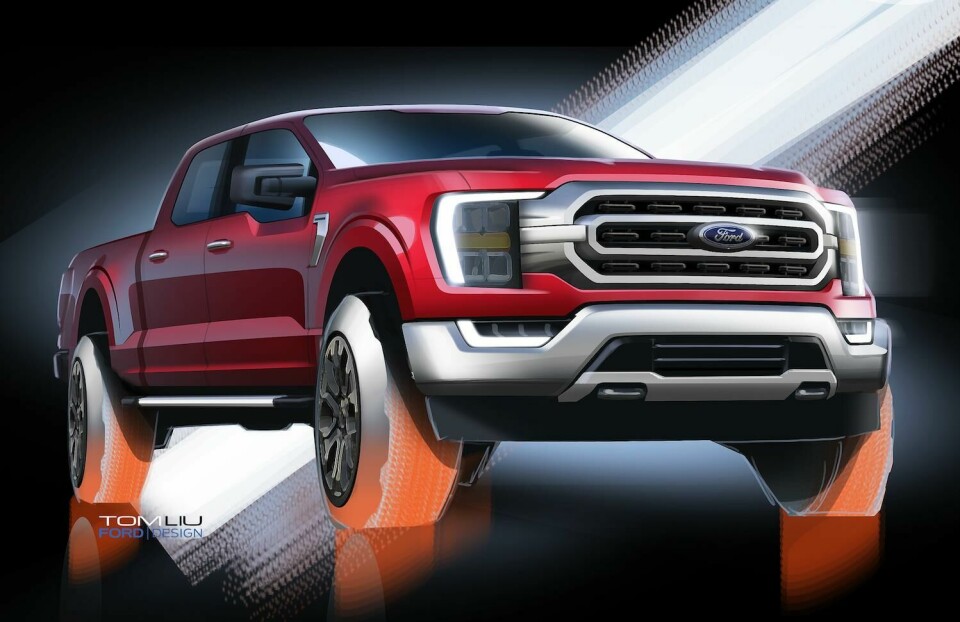
Authenticity is a fundamental element of my design philosophy. Good design is not about creating a facade or tricking anyone, but delivering on a promise, clearly communicating purpose and intent in an honest way. The characteristics of many Ford vehicles are capability, dependability, practical innovation and technology, along with performance. When you look at the iconic nameplates we have, they go very deep in connecting with customers, so those customers have to be able to relate to the design.
It’s an interesting exercise in these times of disruption and that is one of the reasons I find imagining the future of the F-Series so exciting. It’s a lot to ask of one product – to carry the weight of such heritage. When what is expected of a product changes with the times, do the familiar characteristics remain consistent or should they explicitly message advancement? It’s a delicate balancing act. If you think about the F-Series’ evolution over time, it is no longer only a workhorse. It enables a lifestyle and communicates aspiration and, in many variants, a premium image. It is such a strong franchise and so well understood that it is easy to be conservative, and there is a lot of potential to become complacent. It is important for our designers to have a deep understanding of who they are designing for; designers who know the genre and most importantly, be able to anticipate how it will evolve.
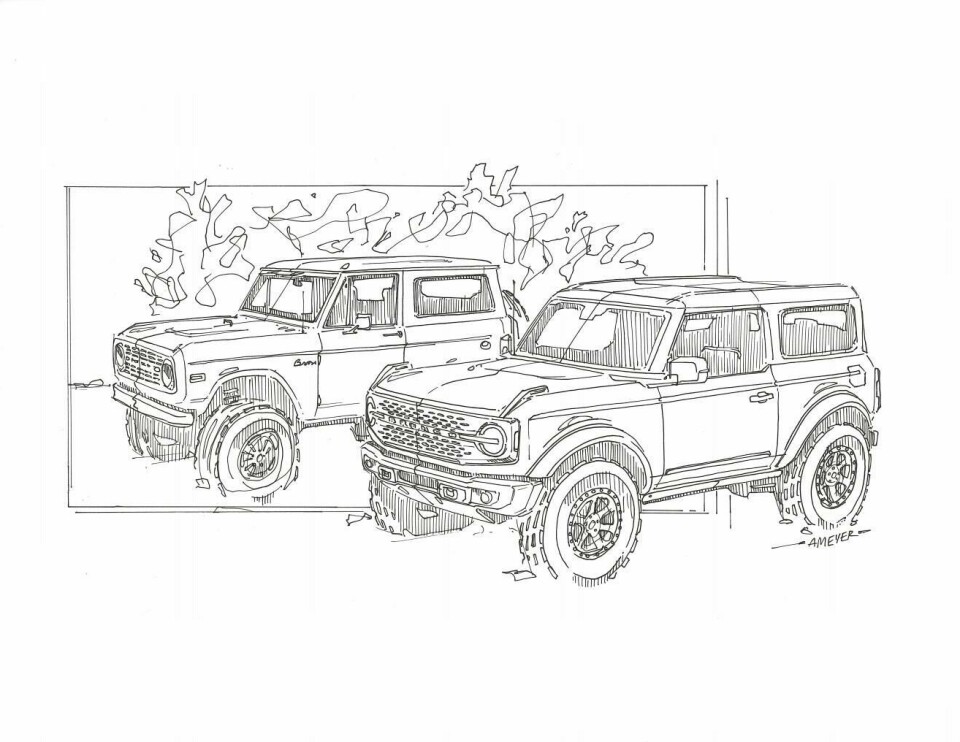
As for the future, the realisation of battery-electric powertrains becoming credible and mainstream in higher-duty environments, such as the truck space, suggests an exciting period ahead. As designers we get to reimagine the definition of a truck and leverage the package and capability opportunities that come with the technology.
The raft of start-up electric vehicle companies looking for a piece of the action in the truck market space signals a very exciting and competitive period ahead.
This article first appeared in Car Design Review 7.


